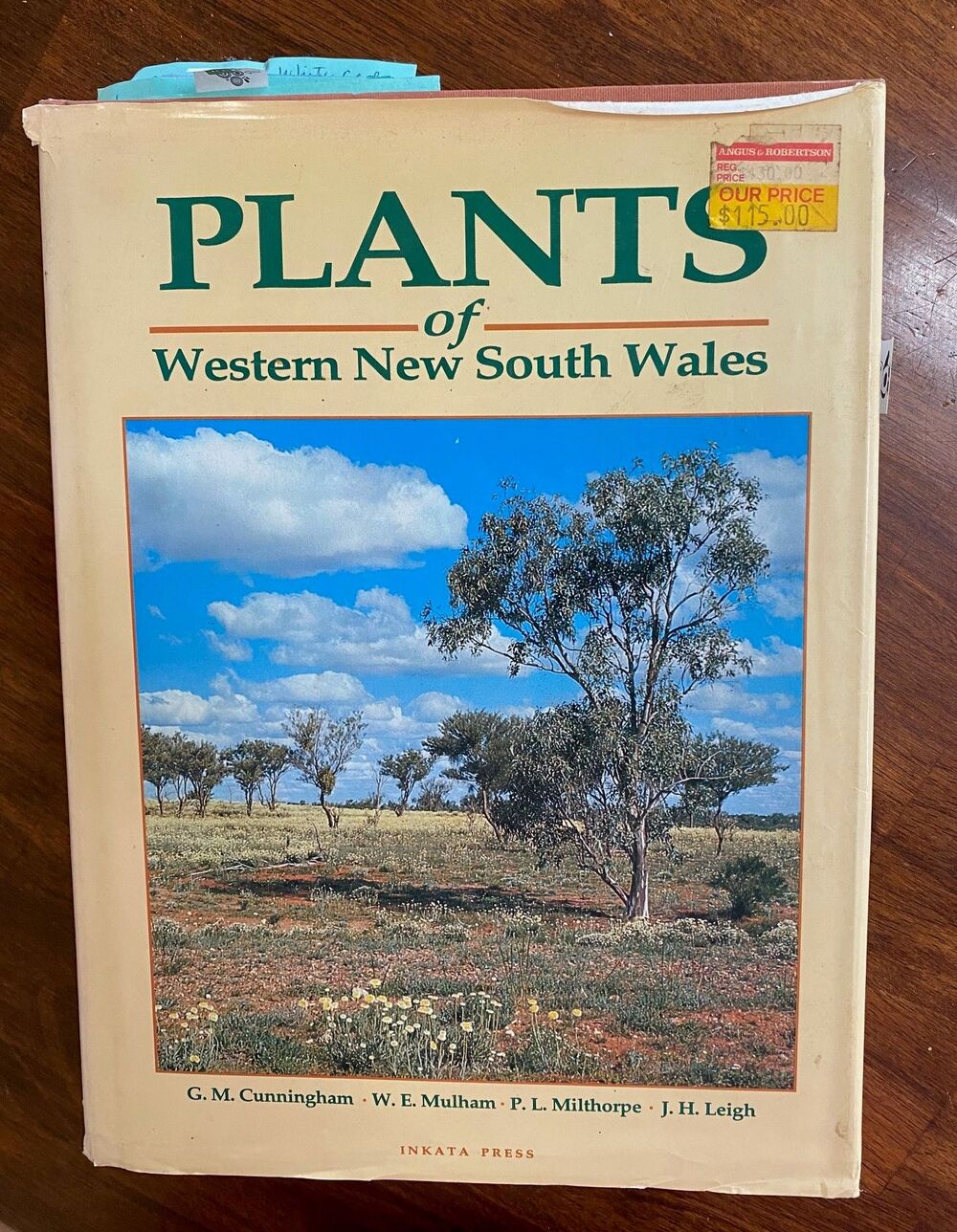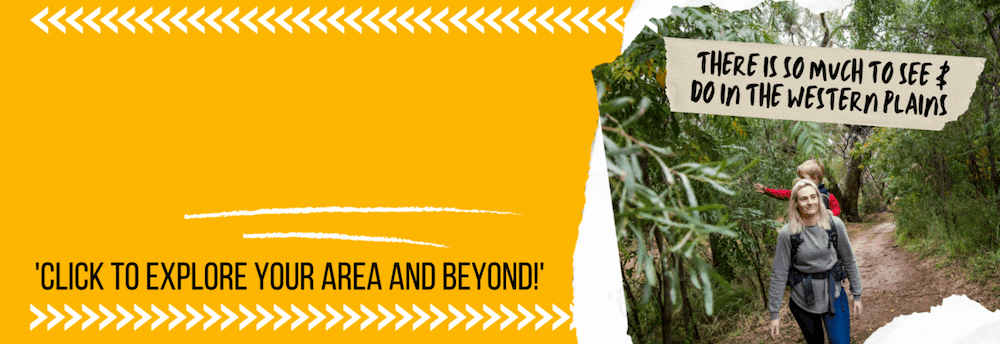Citizen scientists urged to get out and shoot (photos!)
Kristin Murdock
25 March 2023, 6:40 AM
 Citizen scientists are being encouraged to help photgraph native plant species
Citizen scientists are being encouraged to help photgraph native plant speciesThe University of NSW in Sydney has put the call out for citizen scientists - everyday nature enthusiasts - to help capture images of native plant species.
Libby McIntyre, Land Services Officer from Central West Land Services also encourages residents of the Western Plains to be involved.
"It’s a great reason to get out and about in our area," she said. "I wouldn’t be at all surprised if there are unrecorded species."
Researchers from UNSW Sydney and the Australian Institute of Botanical Science, part of the Royal Botanic Gardens and Domain Trust, surveyed 33 major online databases of plant photographs to examine the photographic record of Australian plant species.
The findings, published in New Phytologist, reveal that out of 21,077 native Australian vascular plant species, almost 20 per cent lack a verifiable photograph.
Ms McIntyre said the most likely places to find such plant species is on uncultivated and unsprayed land.
"We do have rare orchids in the Western Plains area. If anyone is planning to look to record unphotographed species, the Macquarie Marshes or Goonoo and Pilliga National Parks would be the best place to look, and even if you don’t find anything it’s a great day out," she said.
Lead author of the study and UNSW Science PhD student Thomas Mesaglio, said Australia is one of the richest areas in the world for native species.
“(However) it was surprising to see how many plant species had just line drawings, illustrations, paintings, or even no media at all,” he said.
“The primary ‘hotspots’ for unphotographed Australian plants are areas with high plant diversity, but the environments are rugged and often difficult to access, particularly by road.
"Because digital photography is so accessible now, anyone can also help make a meaningful contribution to science using the camera in their pocket.”
Ms McIntyre said while a mobile camera is great, an SLR camera is even better.
"Make sure to focus clearly and take different parts of plants for identification like seeds, flowers and leaves."

A handy reference for those looking to identify plants in the western plains area.
Mr Mesaglio said input from "everyday" people has been invaluable.
“Since April last year, we’ve identified nearly 10 per cent of those previously unphotographed species thanks to members of the public uploading their photographs and experts who’ve kindly identified them,” Mr Mesaglio said. “There could be many more in personal collections or behind paywalls just waiting to be shared.”
Ms McIntyre recommends a Department of Primary Industries booklet that would be of great use in helping to identify plants in the eastern parts of the Western Plains area. The book is called, Grasses of coastal NSW and Grasses of NSW tablelands and can be ordered by phoning 1800 025 520.
For those further west, try to track down 'Plants of Western New South Wales' by GM Cunningham, WE Mulham, PL MIlthorpe, JH Leigh published in 1992 by Inkata Press. Local libraries will be a good option.




